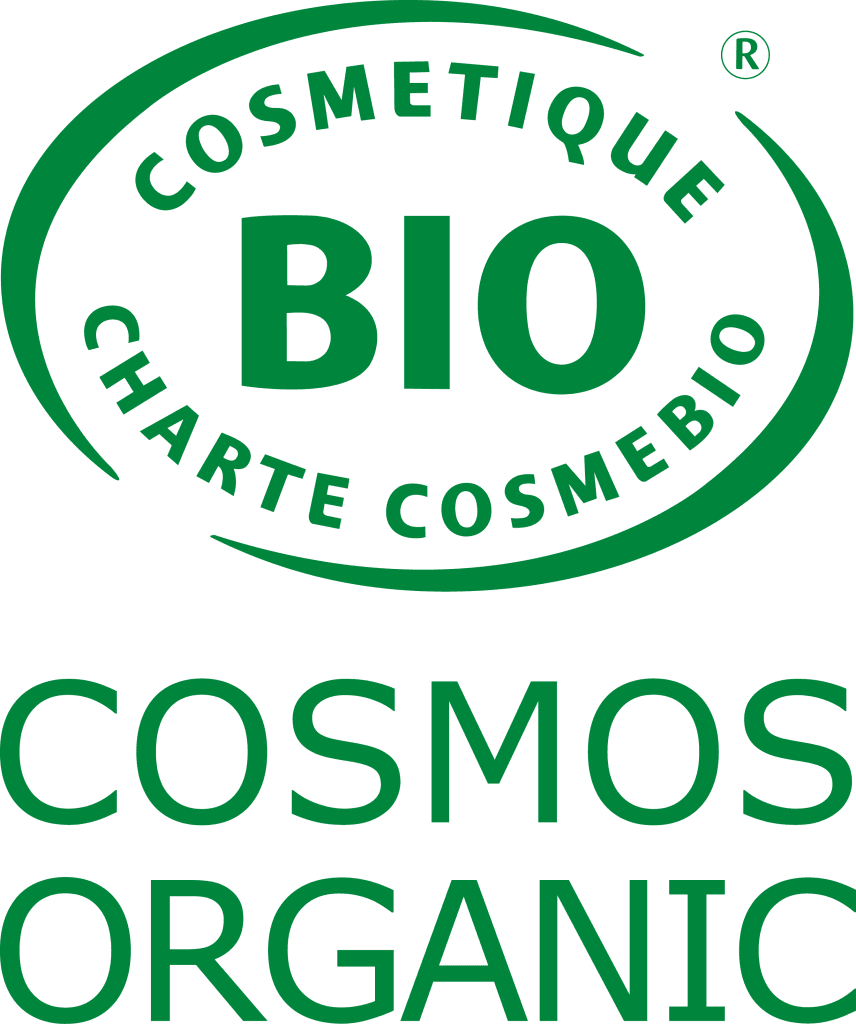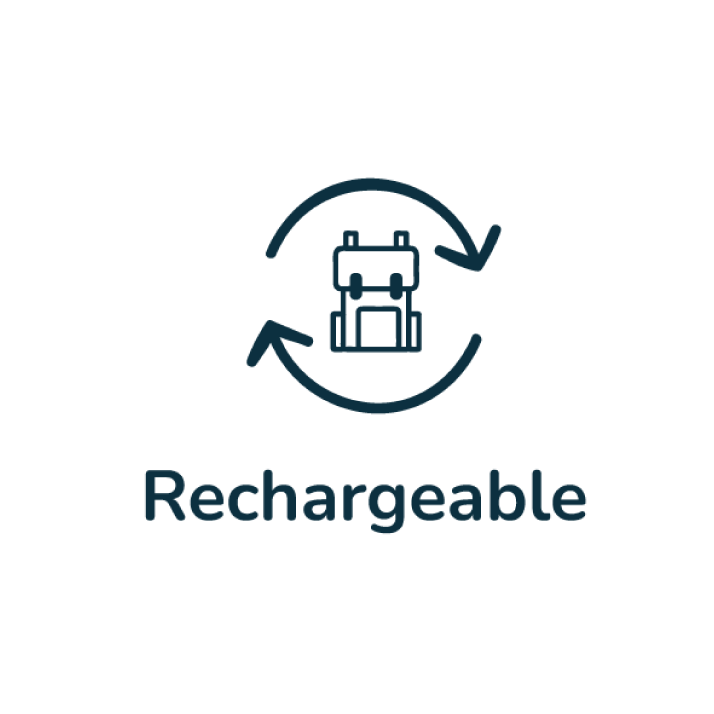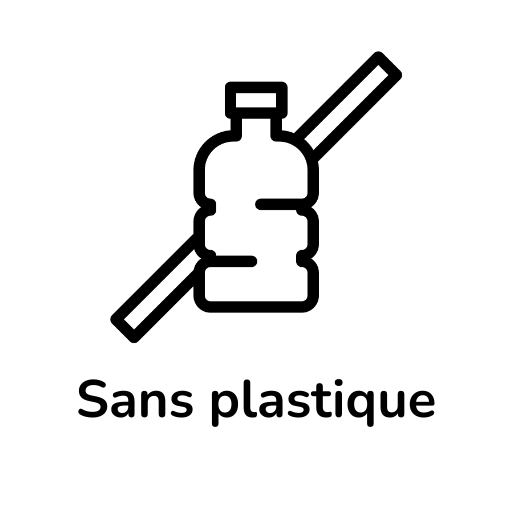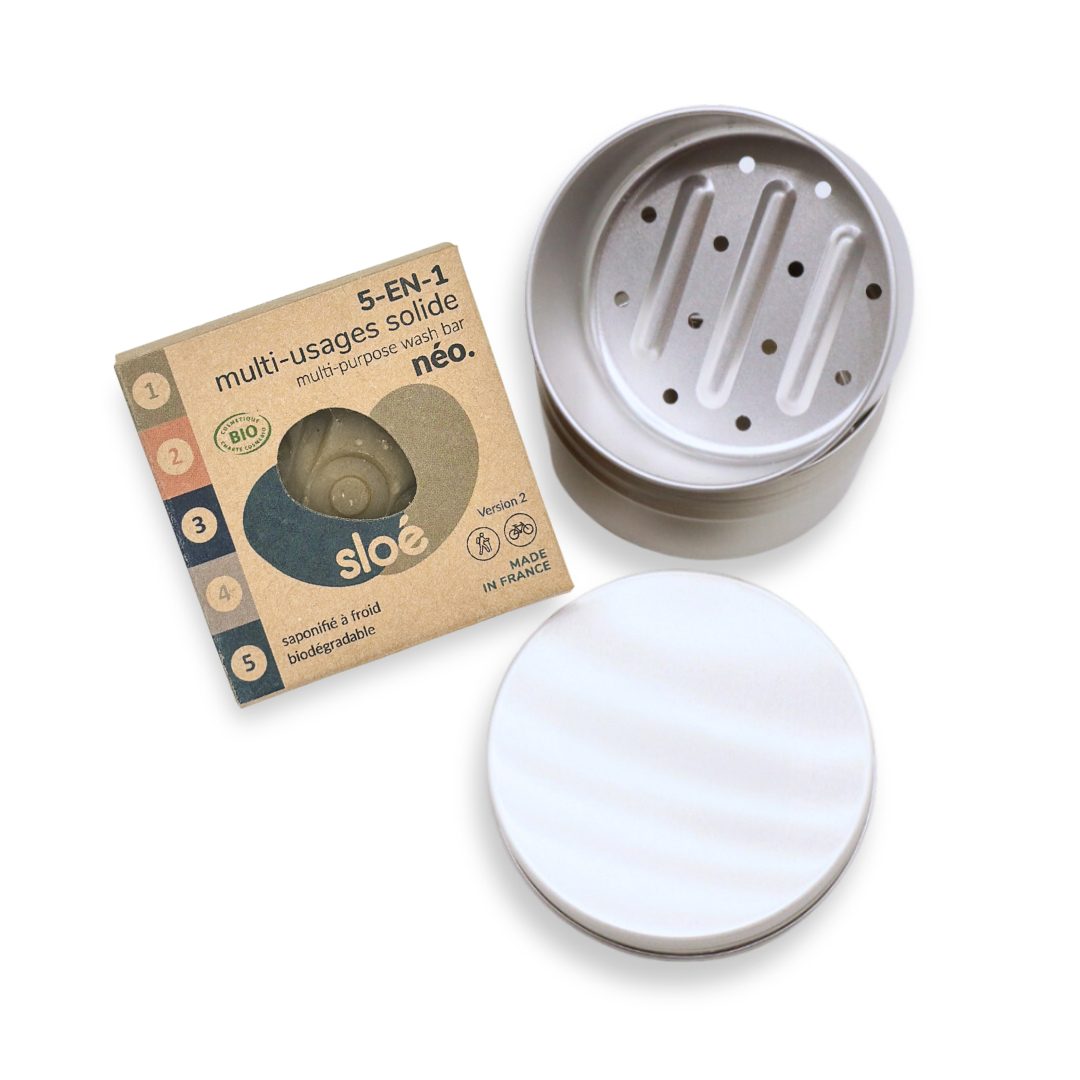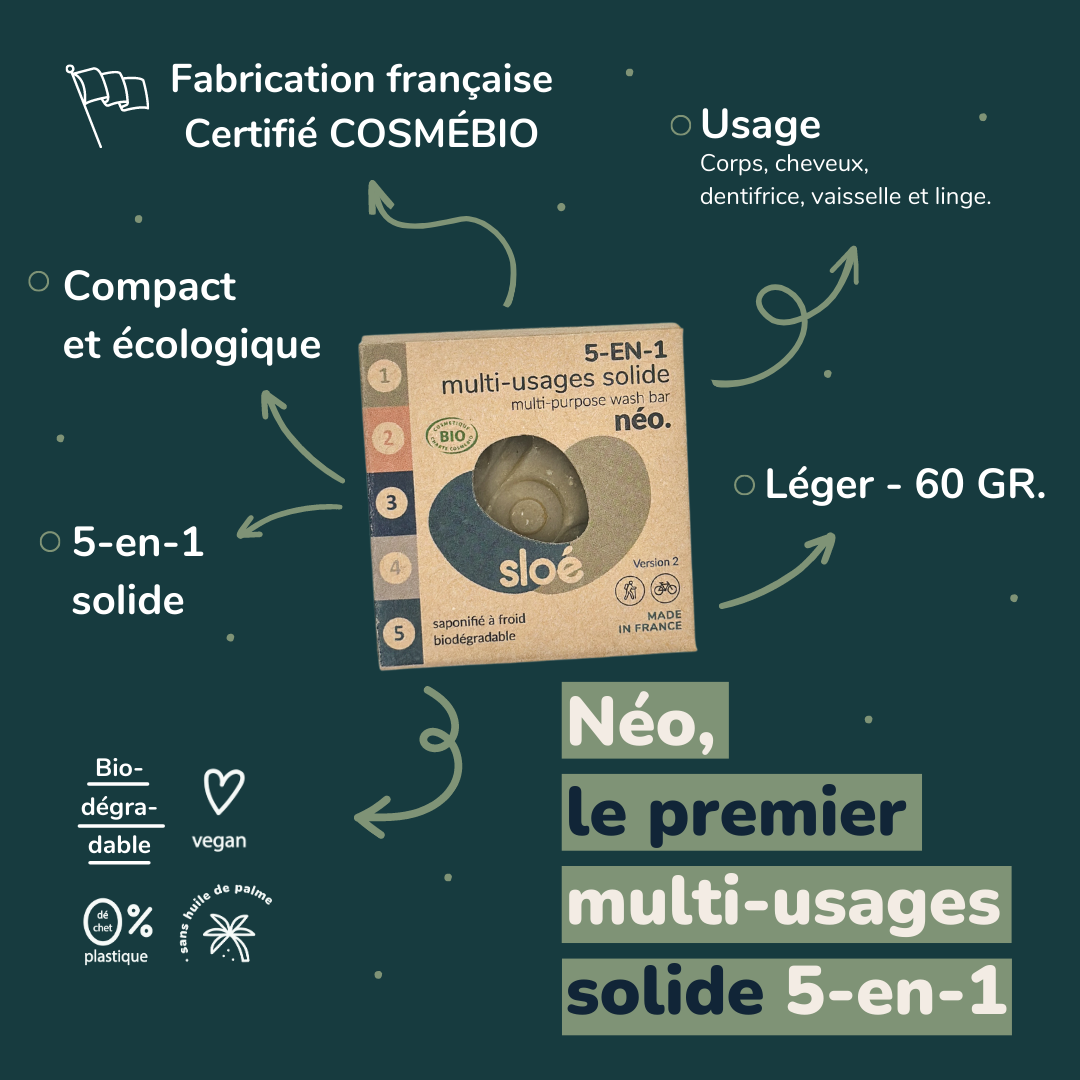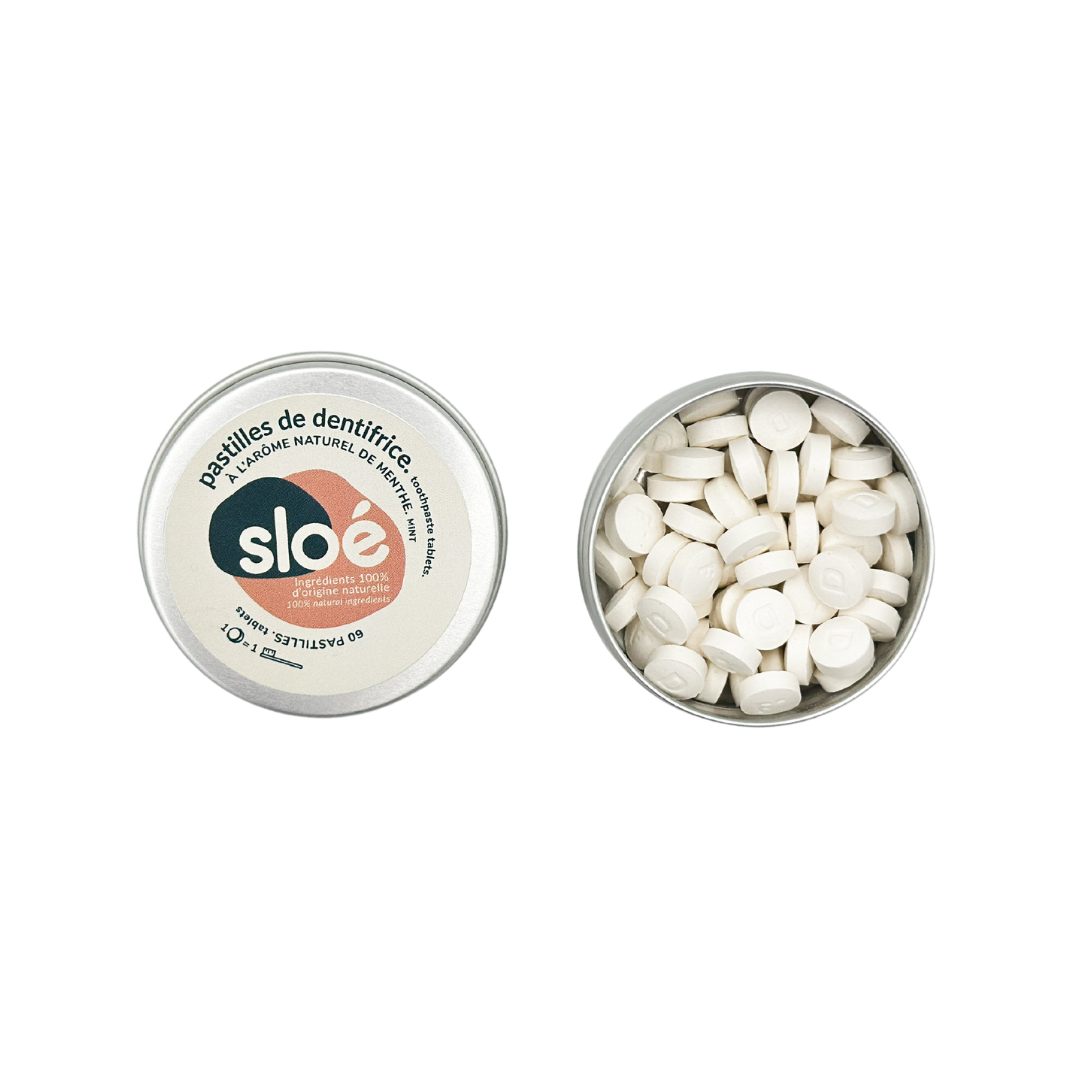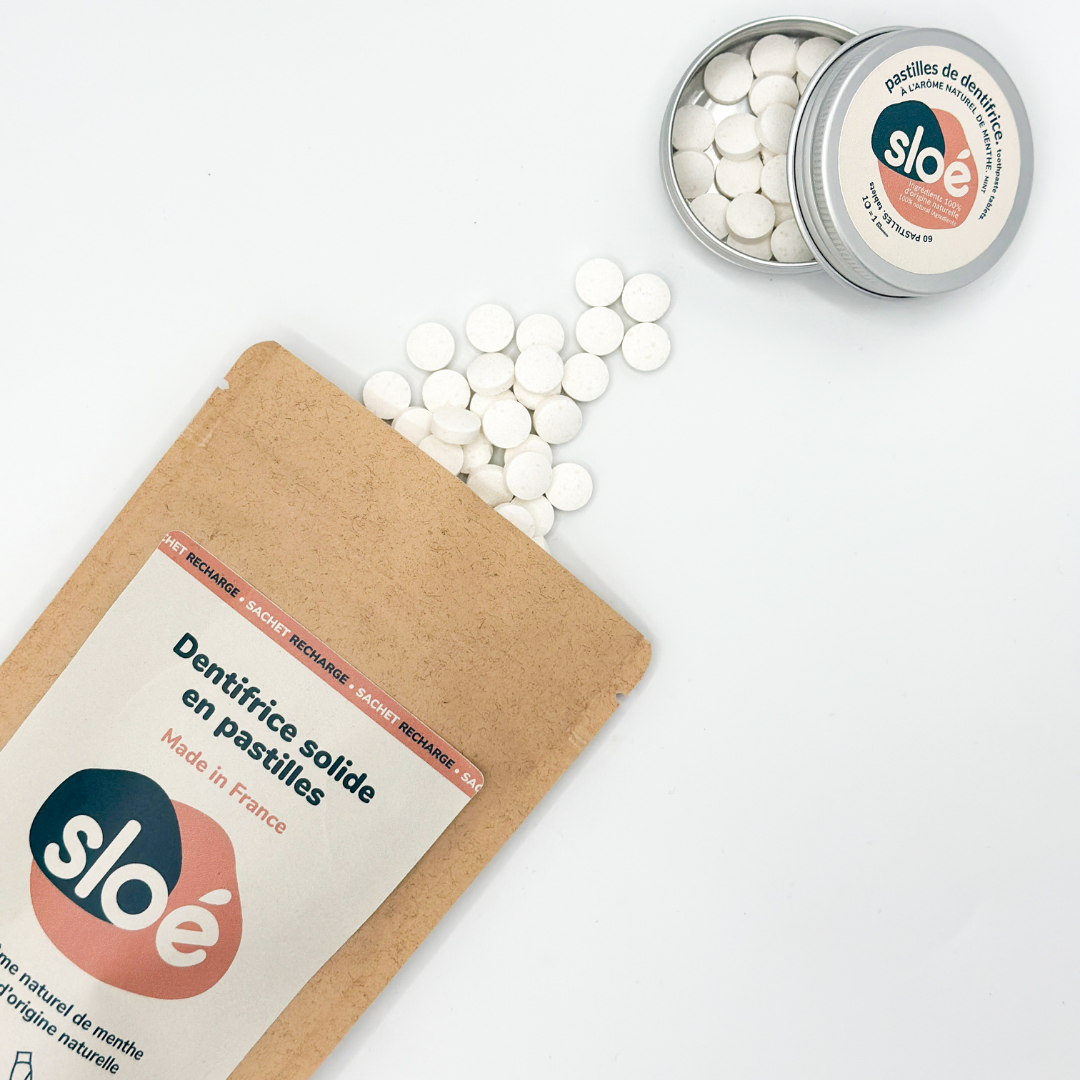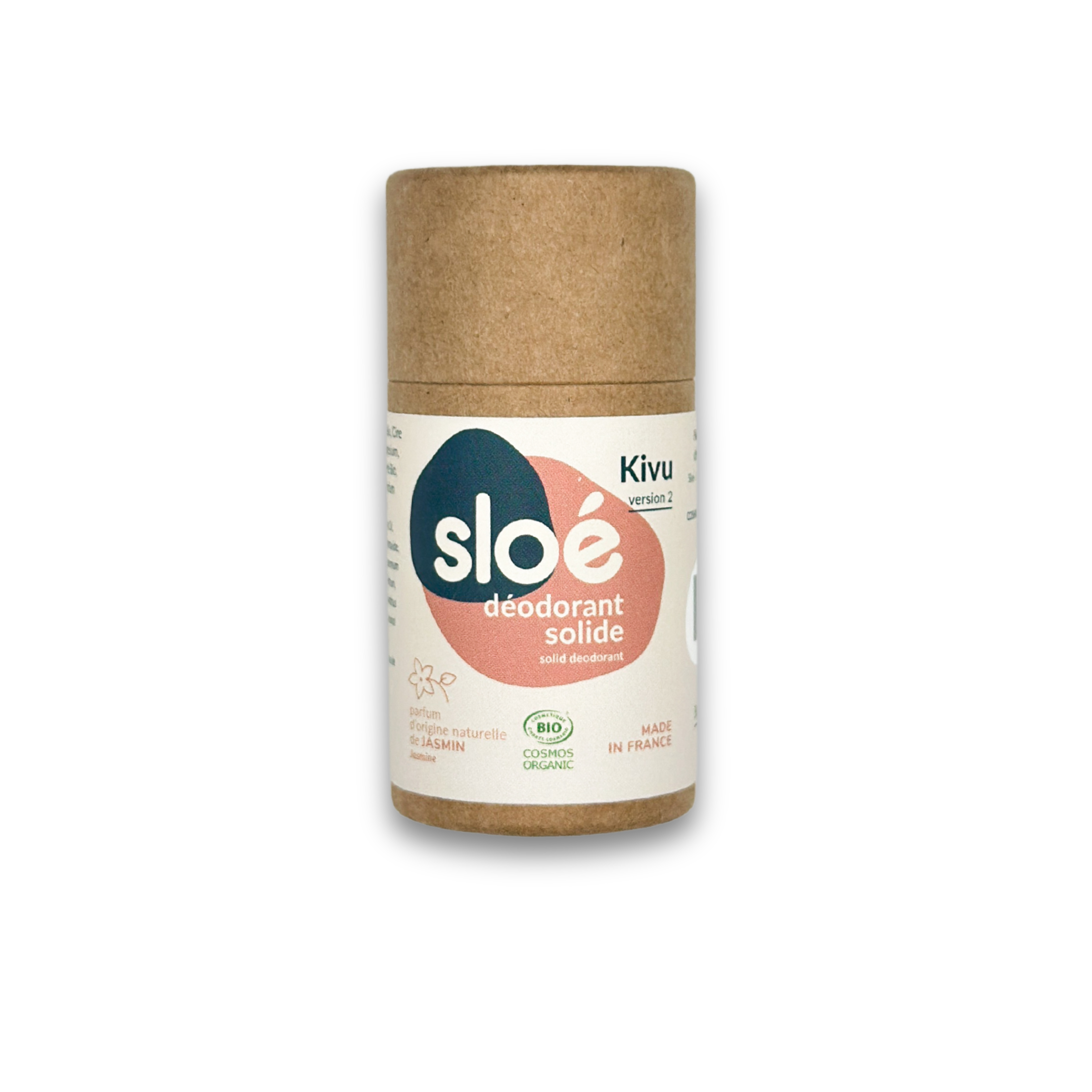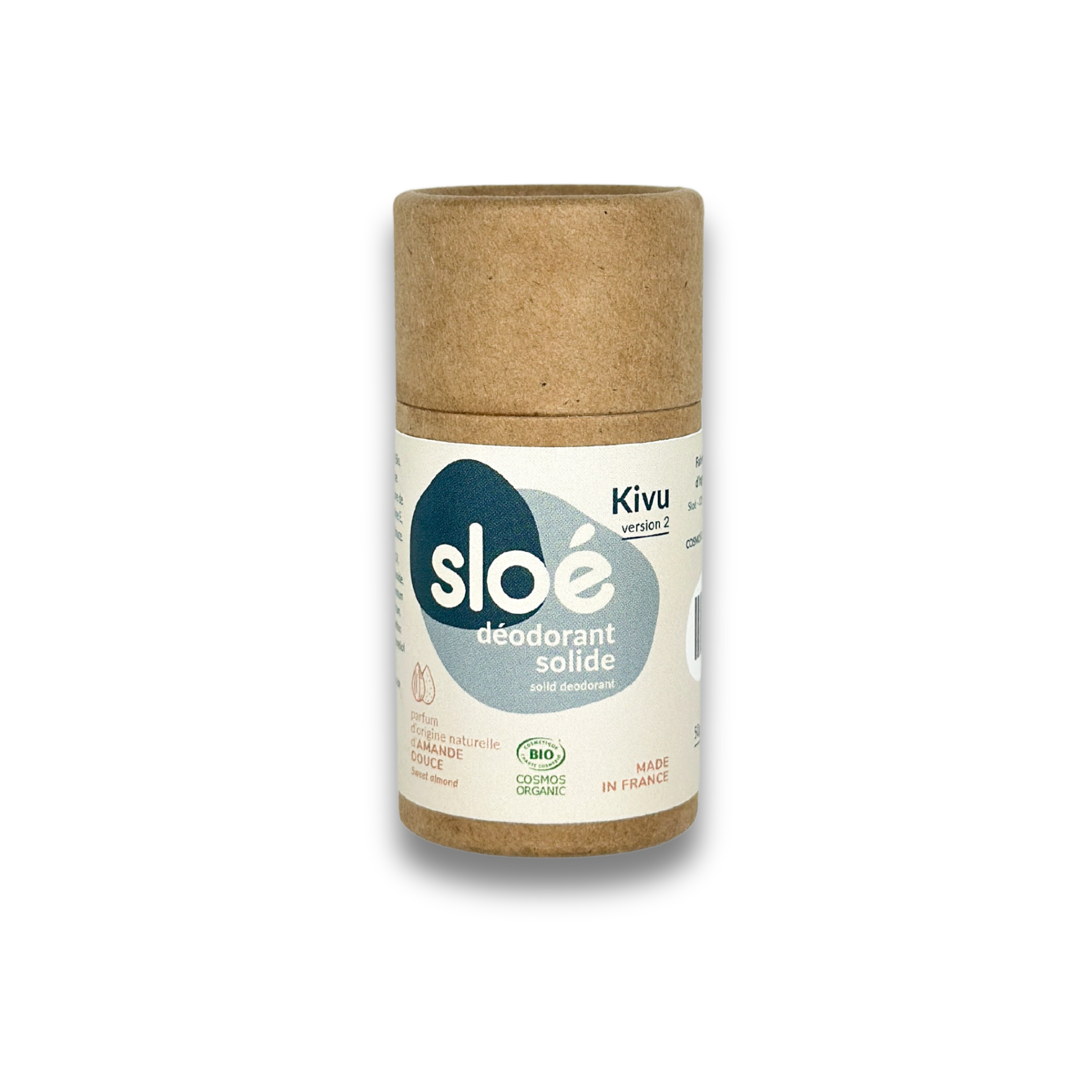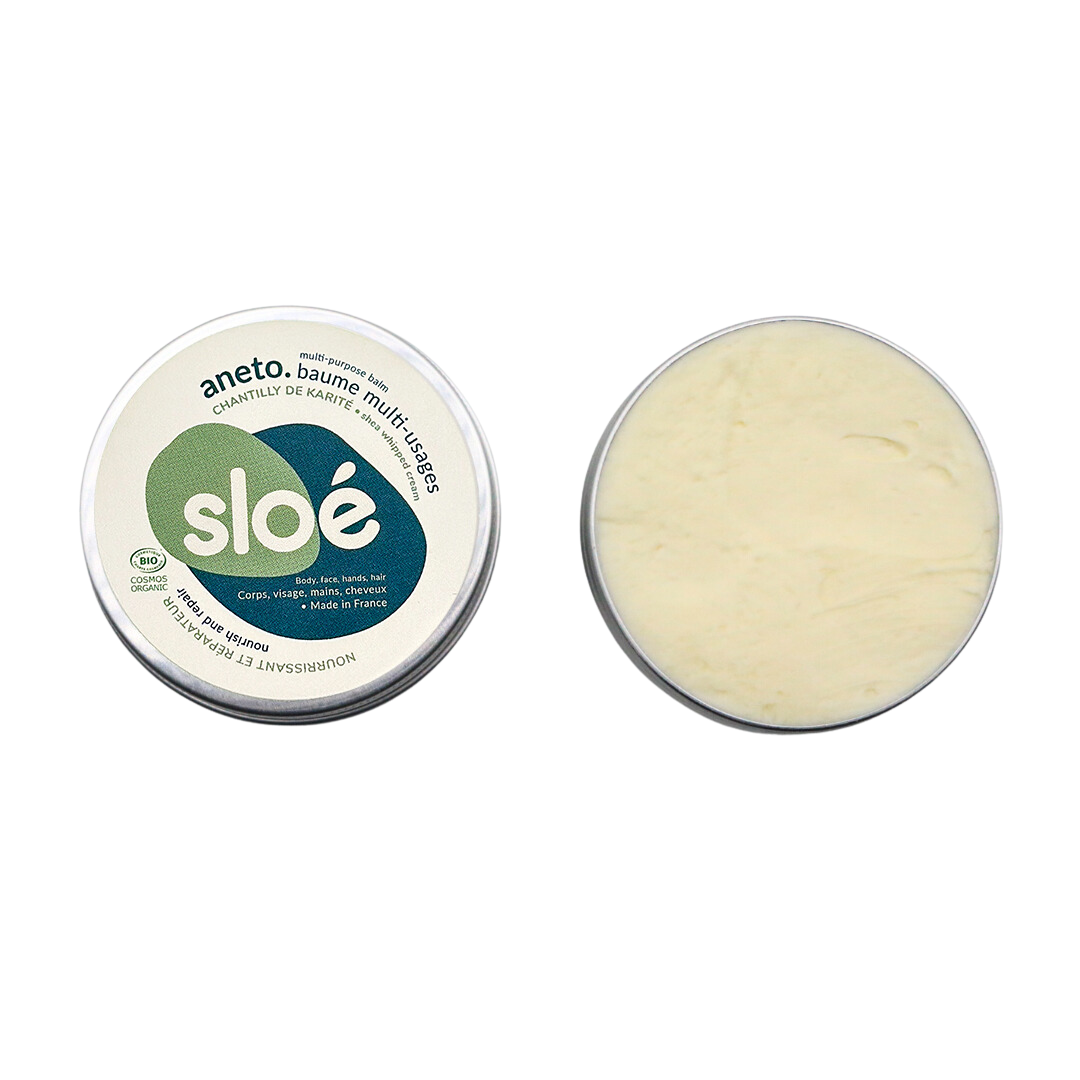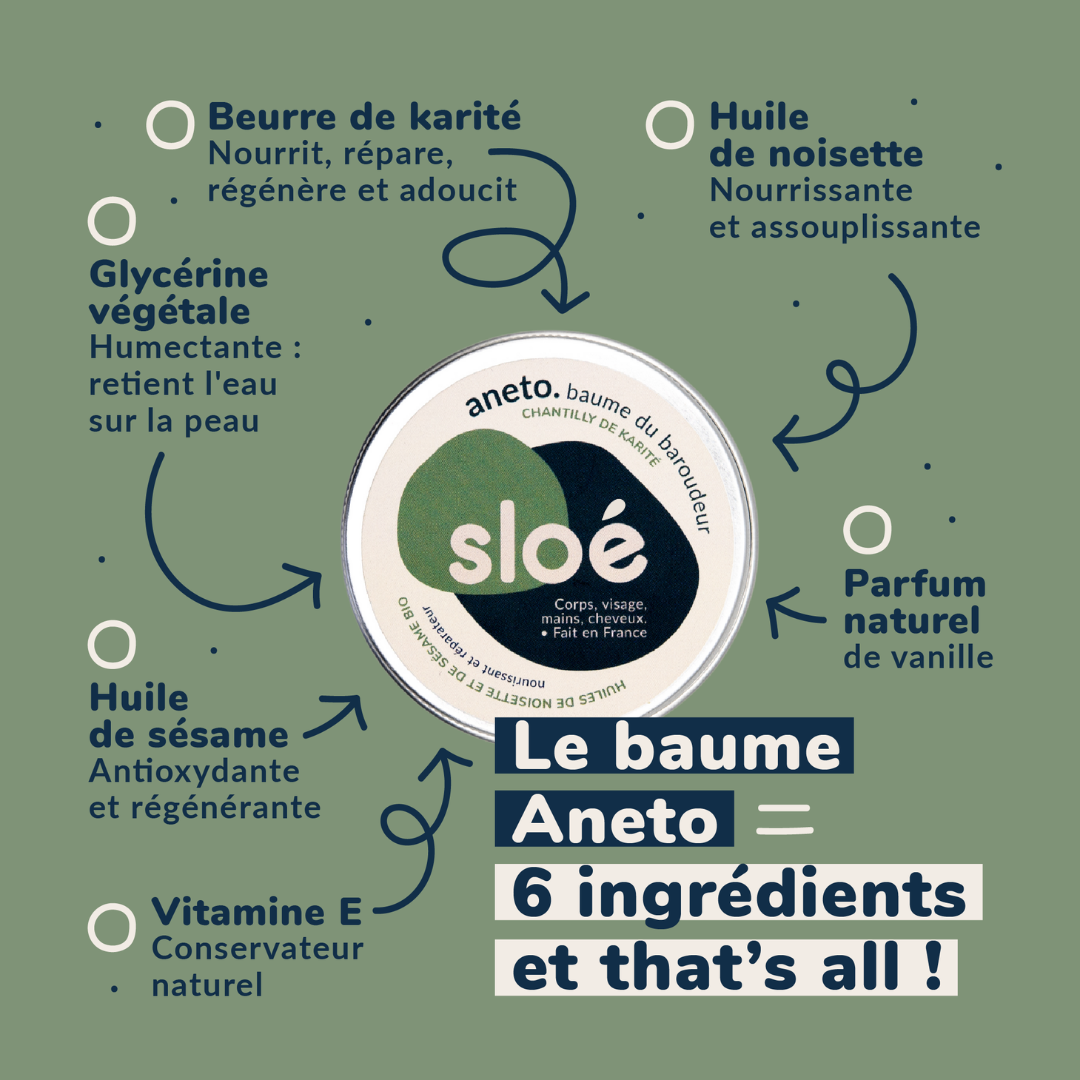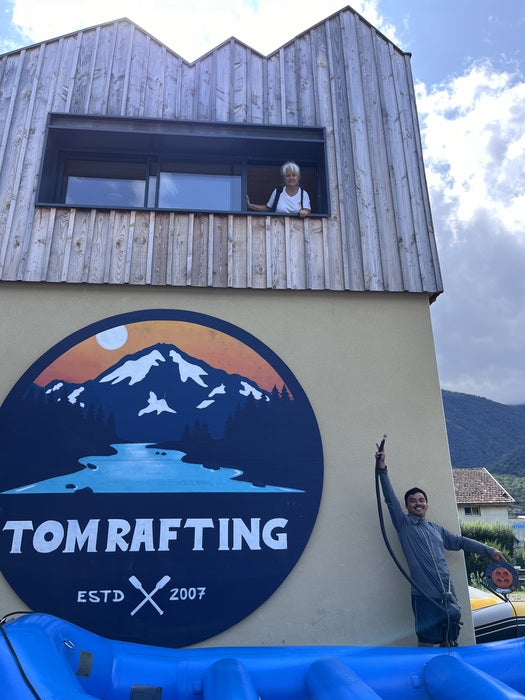
"Bonjour, en quelques mots, ma femme et moi partons pour 2 mois et demi de voyage en Zambie, Botswana et Namibie. Nos passions sont le kayak, le rafting et les animaux.
Notre mode de transport pour ce voyage : un 4x4 avec une tente de toit pour être au plus proche de la nature sauvage :) "
best seller
Neo: the first 5-in-1 solid multi-purpose product (60GR.)
Sale priceFrom €9,90
Toothpaste solid tablets - mint
Sale priceFrom €6,90
Kivu: solid deodorant stick (50ml)
Sale price€11,90
Aneto: the nourishing, repairing multi-use balm
Sale priceFrom €10,90
